The Panama Canal is a man-made waterway that links the Atlantic and Pacific oceans, making it possible for ships to avoid sailing around South America. It was carved through the isthmus of Panama, the narrowest point in the American continent. The canal is 81 kilometers long and requires about eight hours to sail through. The canal was built using dykes and locks that create a kind of watery stairway, allowing it to compensate the difference in height between the two major oceans.
The eastern access is at the port of Colòn on the Antilles Sea. 11 kilometers on, ships face the first network of locks, which effectively lift them 26 meters upward. Each lock is subdivided to allow ship traffic in both directions. From the lock at Gatùn, ships enter the Gatùn lake before being shifted to a 13 kilometer-long, 91-meter wide channel called the Gaillard Cut. Another lock drops vessels nine meters downward into the Miraflores Lake. After traversing two more locks ships finally reach the level of the Pacific Ocean, exiting the Canal’s western end at Balboa.
Frenchman Ferdinand de Lesseps was the first to advance a Panama proposal in 1881. De Lesseps had worked on the Suez Canal in Egypt. But his project failed, partly due to economic difficulties, and partly because of Malaria outbreaks among his workers. The United States entered the picture in 1903, after supporting Panamanian independence from Colombia. In exchange, the US was granted preferential rental rights to the canal zone.
Work began in 1904, and was completed under the direction of Colonel George Washington Goethals. The project was highly ambitious, with Gatùn Lake projected as the largest artificial lake in history. The canal zone was buttressed with cities, rail lines and infrastructures capable of sustaining the more than 50,000 workers who had to toil in the Panamanian jungle.
The massive enterprise lasted 10 years and cost more than $350 million. On August 15, 1914, the SS Ancon officially inaugurated the Panama Canal. The construction of the Panama Canal coincided with US pre-eminence in Latin and South America. Hundreds of ships crossed the canal during the first year following its completion.
The canal lease ran out December 31, 1999, and the United States yielded control to the Panamanian government. In 2006, Panama decided to expand the canal. The completion date for the expansion is 2014.
The eastern access is at the port of Colòn on the Antilles Sea. 11 kilometers on, ships face the first network of locks, which effectively lift them 26 meters upward. Each lock is subdivided to allow ship traffic in both directions. From the lock at Gatùn, ships enter the Gatùn lake before being shifted to a 13 kilometer-long, 91-meter wide channel called the Gaillard Cut. Another lock drops vessels nine meters downward into the Miraflores Lake. After traversing two more locks ships finally reach the level of the Pacific Ocean, exiting the Canal’s western end at Balboa.
Frenchman Ferdinand de Lesseps was the first to advance a Panama proposal in 1881. De Lesseps had worked on the Suez Canal in Egypt. But his project failed, partly due to economic difficulties, and partly because of Malaria outbreaks among his workers. The United States entered the picture in 1903, after supporting Panamanian independence from Colombia. In exchange, the US was granted preferential rental rights to the canal zone.
Work began in 1904, and was completed under the direction of Colonel George Washington Goethals. The project was highly ambitious, with Gatùn Lake projected as the largest artificial lake in history. The canal zone was buttressed with cities, rail lines and infrastructures capable of sustaining the more than 50,000 workers who had to toil in the Panamanian jungle.
The massive enterprise lasted 10 years and cost more than $350 million. On August 15, 1914, the SS Ancon officially inaugurated the Panama Canal. The construction of the Panama Canal coincided with US pre-eminence in Latin and South America. Hundreds of ships crossed the canal during the first year following its completion.
The canal lease ran out December 31, 1999, and the United States yielded control to the Panamanian government. In 2006, Panama decided to expand the canal. The completion date for the expansion is 2014.
RELATED
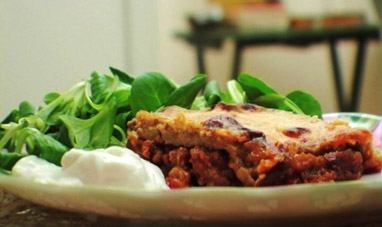

MOUSSAKA


CARIBBEAN CUISINE
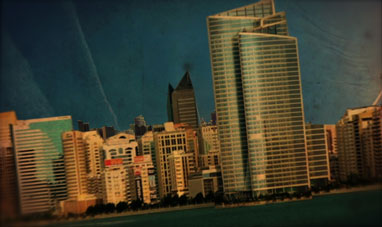

ABU DHABI
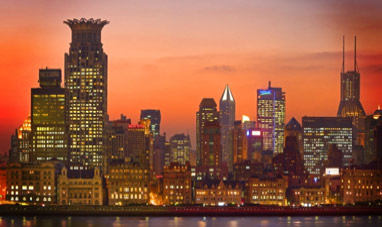

SHANGHAI


AMSTERDAM
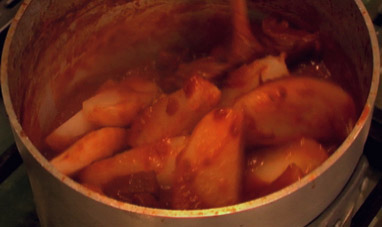

GOULASH
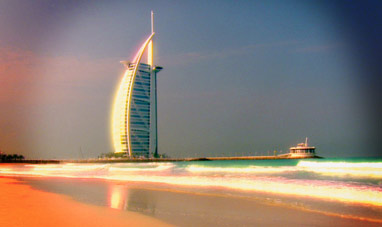

DUBAI
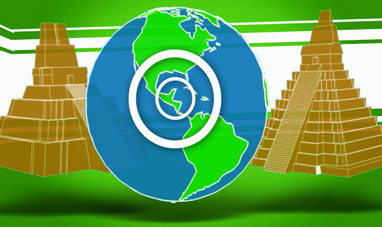

MAYAN MONUMENTS: UXMAL, TIKAL AND PALENQUE
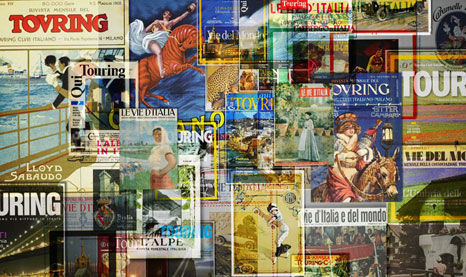

ITALIAN TOURING CLUB
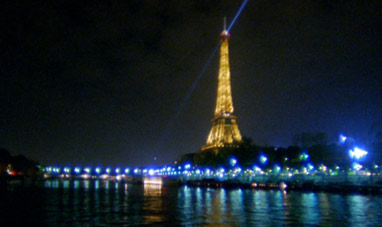

PARIS


ARAB CUISINE


BAVARIAN CUISINE


VITELLO TONNATO


JAPANESE CUISINE
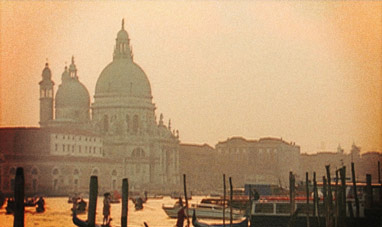

VENICE


SEPPIOLINE WITH PEAS
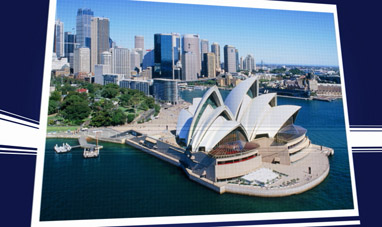

SYDNEY OPERA HOUSE


VODKA
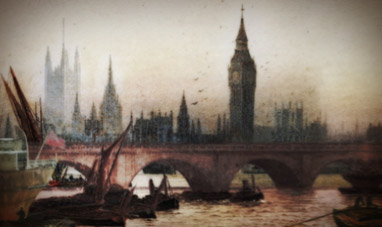

LONDON
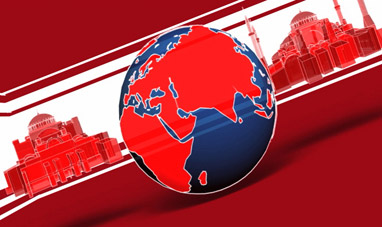

HAGIA SOPHIA


BUILDING THE SUEZ CANAL


BRAZIL


THE ACROPOLIS IN ATHENS
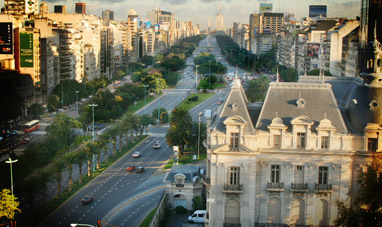

BUENOS AIRES


RATATOUILLE
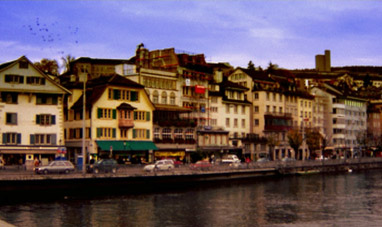

ZÜRICH
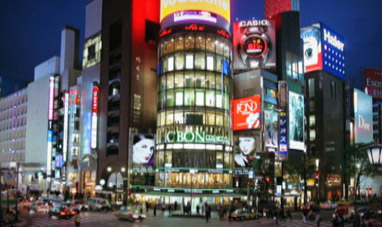

TOKYO
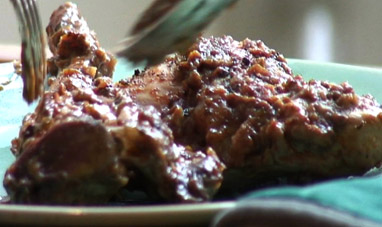

RABBIT ALLA CACCIATORE
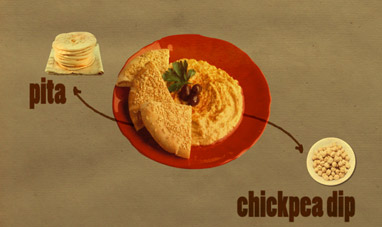

EGYPTIAN CUISINE
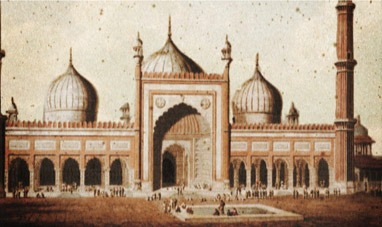

NEW DELHI


GREEK CUISINE


MOSCARDINI WITH PEAS
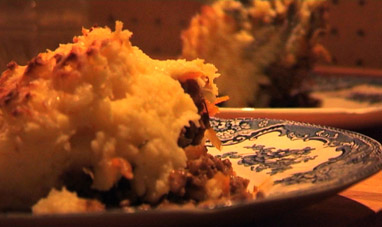

SHEPHERD'S PIE
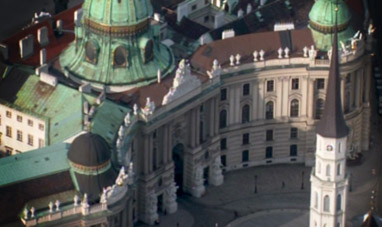

VIENNA


MADRID
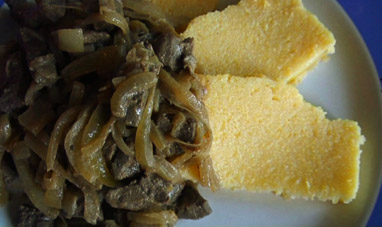

LIVER ALLA VENEZIANA
